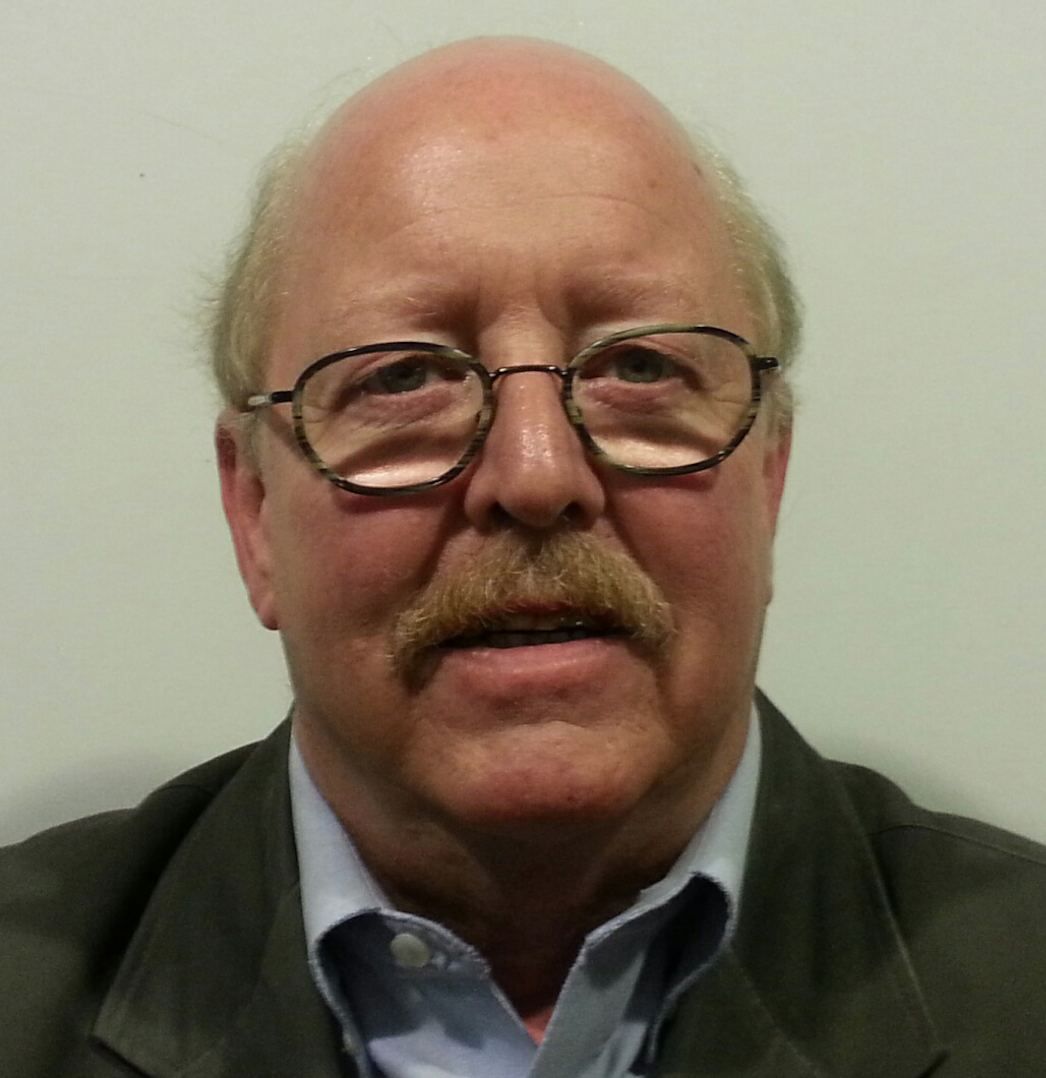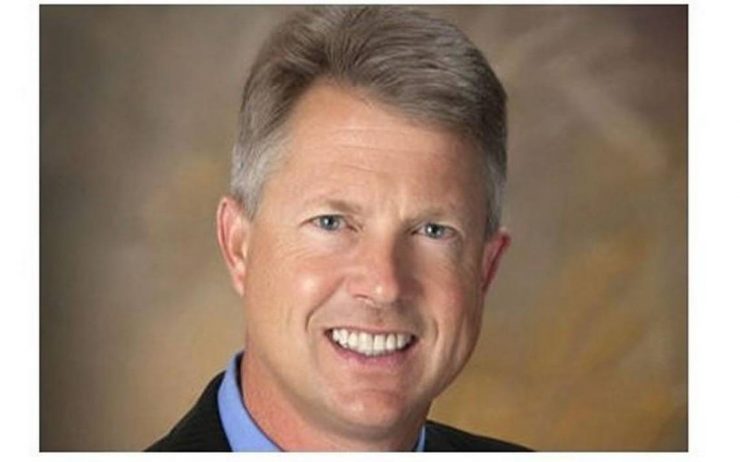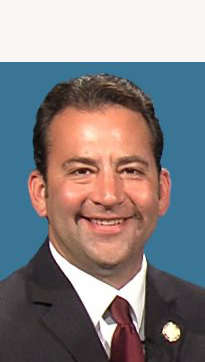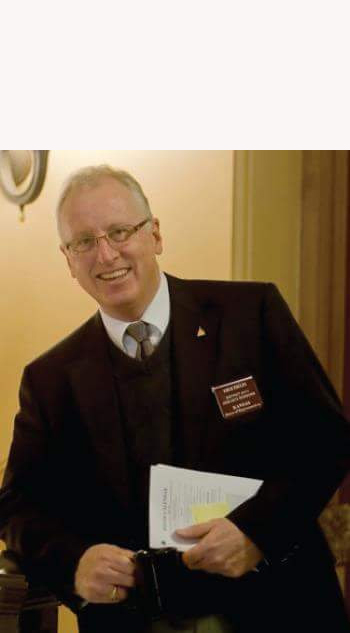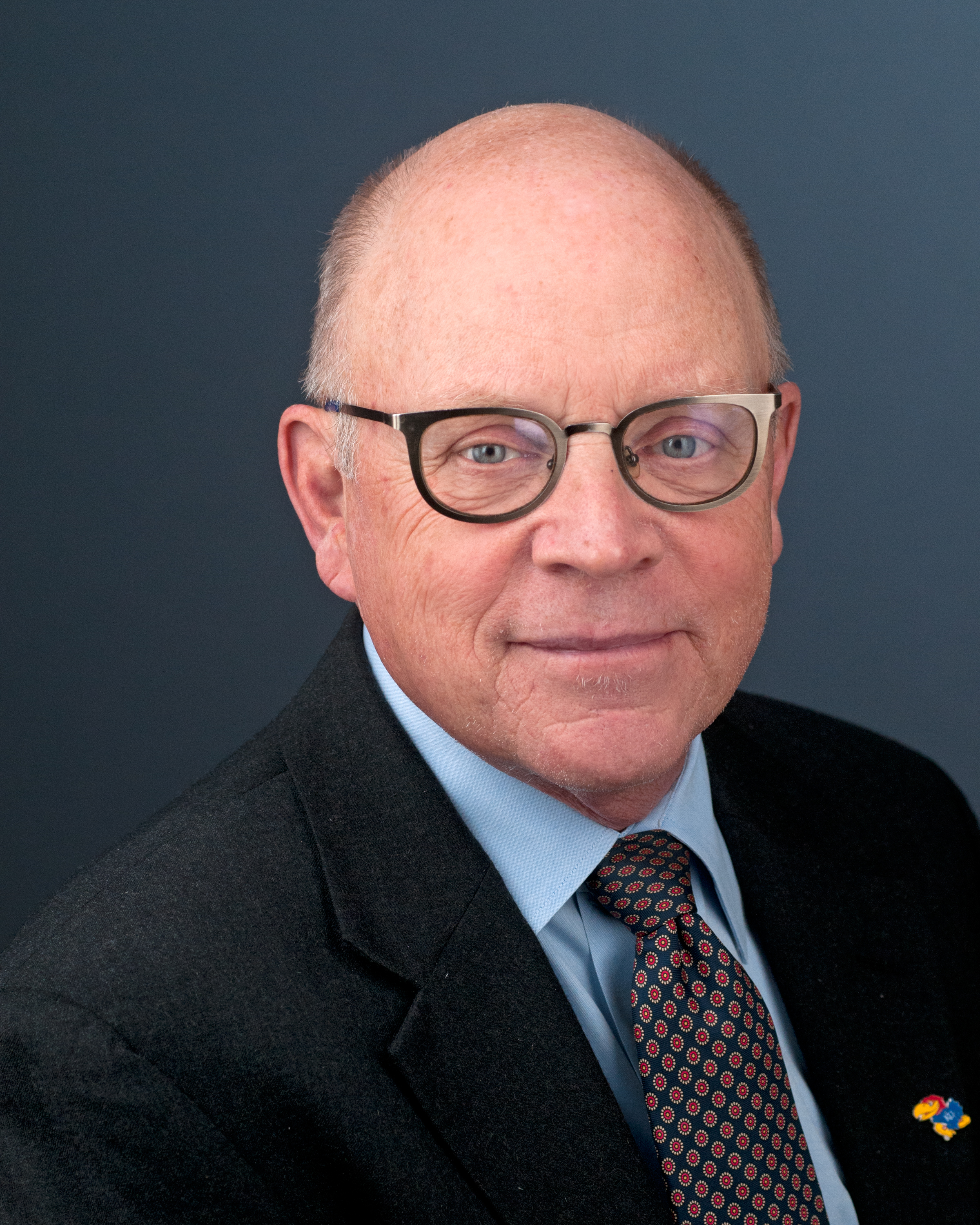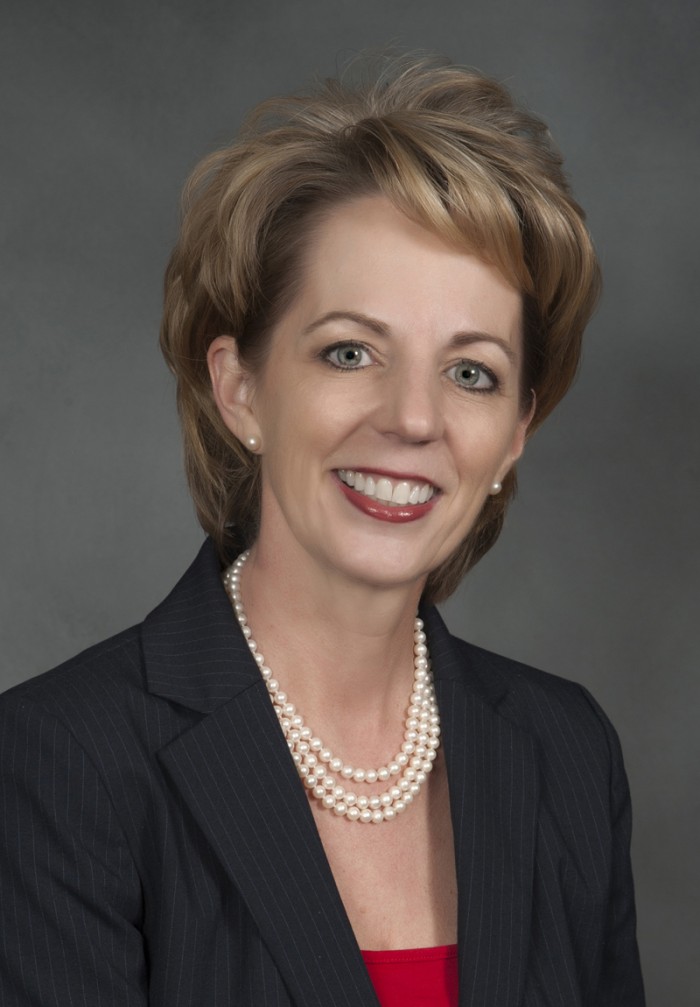
Those first days of this election-year session? Well, there were no injuries, so that’s a good thing but about as good as it got. Now-U.S. Ambassador for International Religious Freedom Sam Brownback is out of the building, and Colyer has a strong venue this week to talk to the House and Senate about his plans for this fiscal year and next; pre-Wednesday, he has been silent about just what he wants to change, if anything.
He has already harvested a House member, Rep. Larry Campbell, R-Olathe, to be his budget director, and moved Brownback/Colyer budget director Shawn Sullivan to a new more global administrative post.
At the Statehouse? Well, opinion is still split on whether he keeps the massive stuffed buffalo head in the entrance to his office. That buffalo head makes interesting background for photos, but, well, it’s a buffalo head and that’s as good as it gets. Furniture moved in the office, and well, we’re waiting for that new “tone” he talks about.
Legislative leadership? Colyer has met with both Republican and Democratic leaders, and nobody is talking about what, if anything, purposeful was said in those polite talks.
And Colyer himself isn’t talking about anything that Brownback who was his boss for seven years did or didn’t do that Colyer had to just ignore and not criticize because, well, that’s what lieutenant governors do, just be quiet.
It’s not strange that Colyer isn’t well-known to many Kansans, because the sitting governor is the face of the state. Not quite like being lieutenant governor is a witness protection program, but only in the past couple months has Brownback allowed Colyer to put his DNA on much besides appointment of a new Kansas Secretary for Children and Families, Gina Meier-Hummel, to succeed retiring Secretary Phyllis Gilmore.
So, us Statehouse hangers-on are interested in Wednesday and what will change that we can figure out.
How often is it that us insiders don’t know more than Kansans who have regular lives, in which they don’t look for every verb or adjective that might mean a bill or a policy isn’t favored by the guy who has to sign or veto it?
But, we will be watching whether Secretary of State candidate for the GOP nomination for governor this summer will be at the speech. We all noted that Colyer tapped Kansas Supreme Court Chief Justice Lawton Nuss to do the official swearing-in last week. That’s a job that often falls to the Secretary of State but Colyer really didn’t want competitor Kris Kobach in the pictures and demonstrating the power to scooch Colyer into the nicer office.
So, what’s new? We have a Legislature that will have spent a few weeks on the job without a clear vision of just what the new administration wants to accomplish and whether lawmakers—those Colyer fans and those who would like someone else for governor—are willing to give Colyer legislative victories that he can use to win the GOP nomination for governor.
Republican candidates for just about any elected office tend to lean to the far right, to get those diligent Republican primary voters, then after the primary move toward the political middle for the general election in hopes they can pick up moderate votes, maybe a Democrat or two.
We’ll see which way Colyer is going this week…
Syndicated by Hawver News Company LLC of Topeka; Martin Hawver is publisher of Hawver’s Capitol Report—to learn more about this nonpartisan statewide political news service, visit the website at www.hawvernews.com
